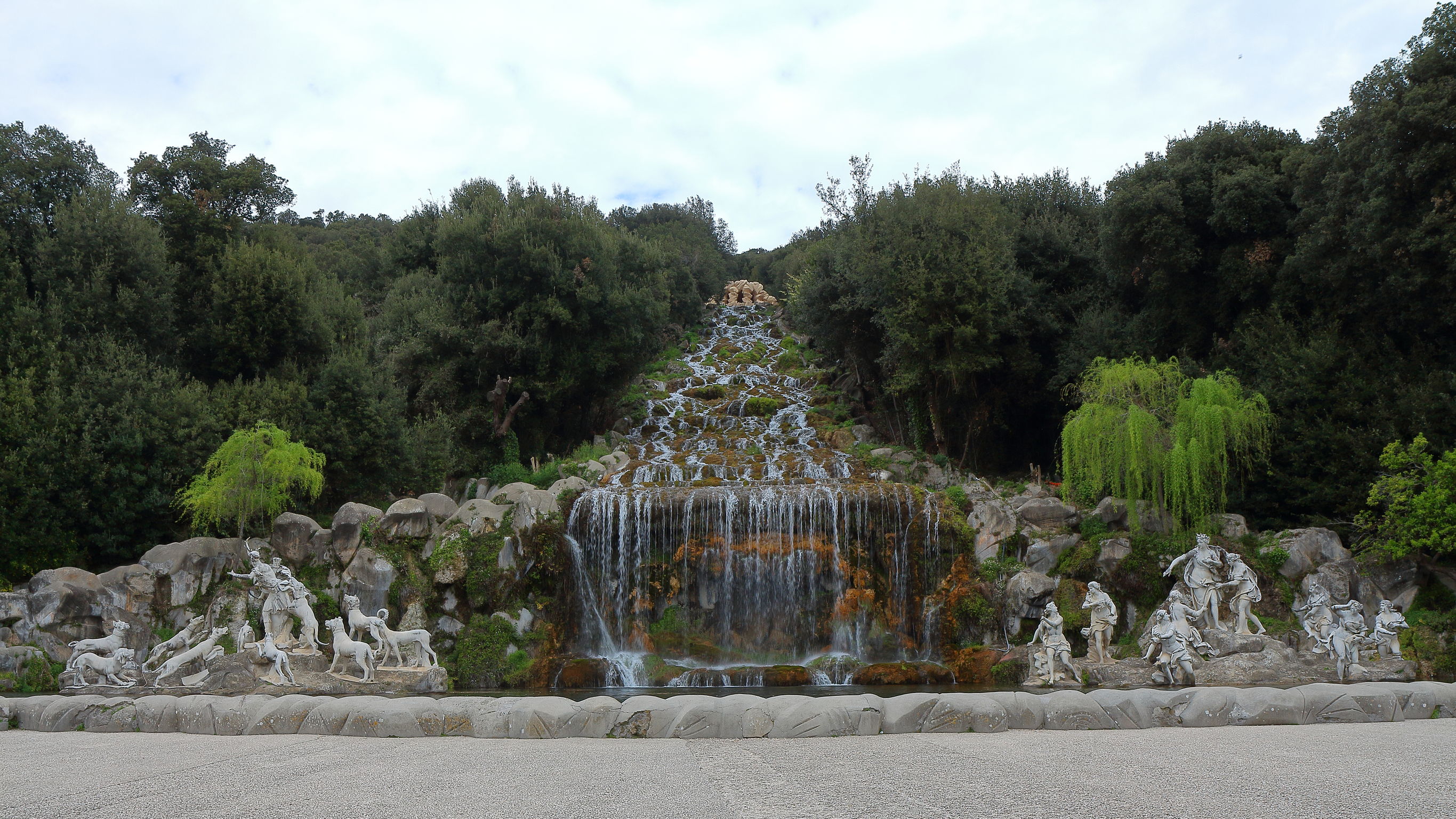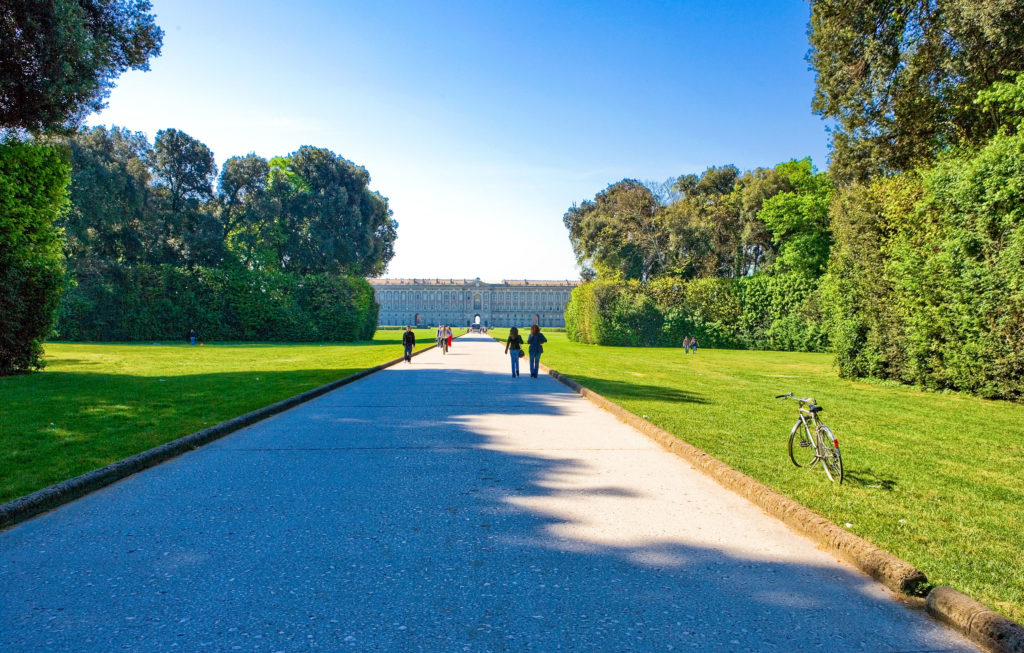Historical notes on the Royal Palace of Caserta
GRAND TOUR BLOG | 6 November 2020

Historical notes on the Royal Palace of Caserta

Historical notes of the most beautiful palace in Italy
The Park and the Reggia di Caserta they were built by the king of Naples Charles of Bourbon.
With its construction they wanted to admire the great beauty of the Palace and the garden, so much so that it was named the Palace of Versailles for its similarity in the decorations of the Versailles Palace.
Unfortunately it was not possible to build it in Naples due to the possibility of possible attacks by sea: therefore it was decided to build it in a nearby town, precisely Caserta, a few kilometers from Naples, but much safer than the Campania capital.
To create the garden and the Palace, Charles of Bourbon, instructed the architect Luigi Vanvitelli, that in 1751 he prepared the project. The works lasted about ten years, but the King could not see them, because in the 1759 he became king of Spain and moved to Madrid.

But, he re, during his stay in Kingdom of Naples he did not stand still: he enhanced the whole surrounding area and even managed to build a new one aqueduct “Carolino Aqueduct” which allowed Vanvitelli to bring water to Caserta making skeptics change their mind, convinced that it would never happen.
The Palace was built in Baroque style with a very luxurious architecture while the garden according to the all’ Italian: instead, the English garden is a continuity of the Italian one but was built following the queen's decision Maria Carolina of Habsburg Lorraine (wife of Ferdinand IV) who hired an English gardener, so that he was able to make one similar to the English ones, very fashionable at the time.
This was decided in 1786. Today the area where the Palace is located is the largest in the world: indeed, it is two million square meters large. A huge space entirely dedicated to the majesty of the Royal Palace.
For her beauty, the Palace of the Reggia, was declared by Unesco World Heritage Site.

Features
Before visiting the Palace, it is advisable to admire the garden with its truly extraordinary views and scents.
The area of the Italian garden is characterized by entrances and paths that lead to the amazing fountains and statues of which the park is full. Both the statues and the sculptures are surrounded by jets of water that create mythological episodes.
Rivers are also present in the English one, waterfalls and lakes alternating with temples like that of the Kneeling Venus or to some niches in ruins that seem like the collapses of antiquity. The avenues of this area are full of woods and ponds where there are also aquatic plants.
The whole garden is embellished with lights that make the landscape more suggestive and magnificent.



